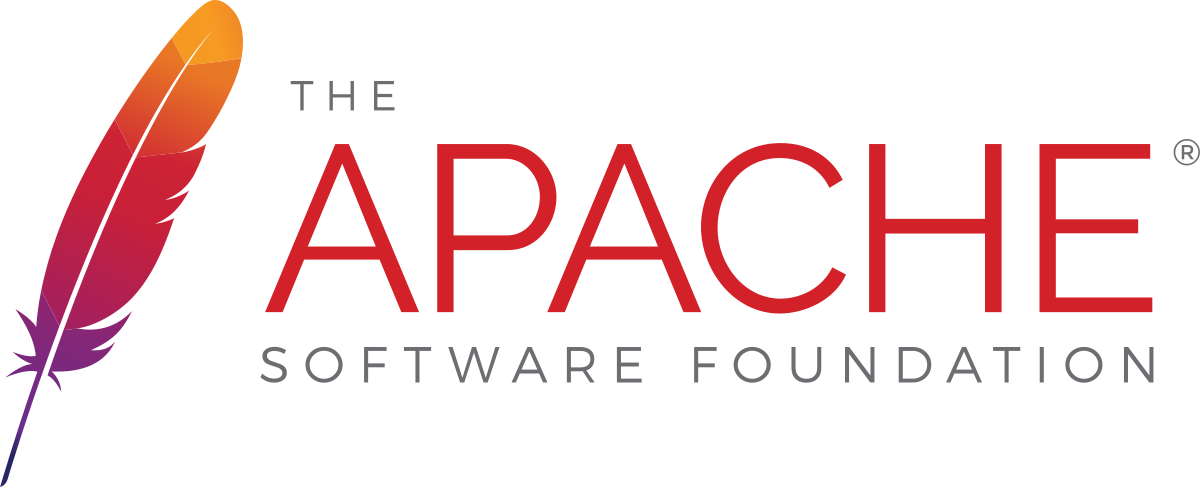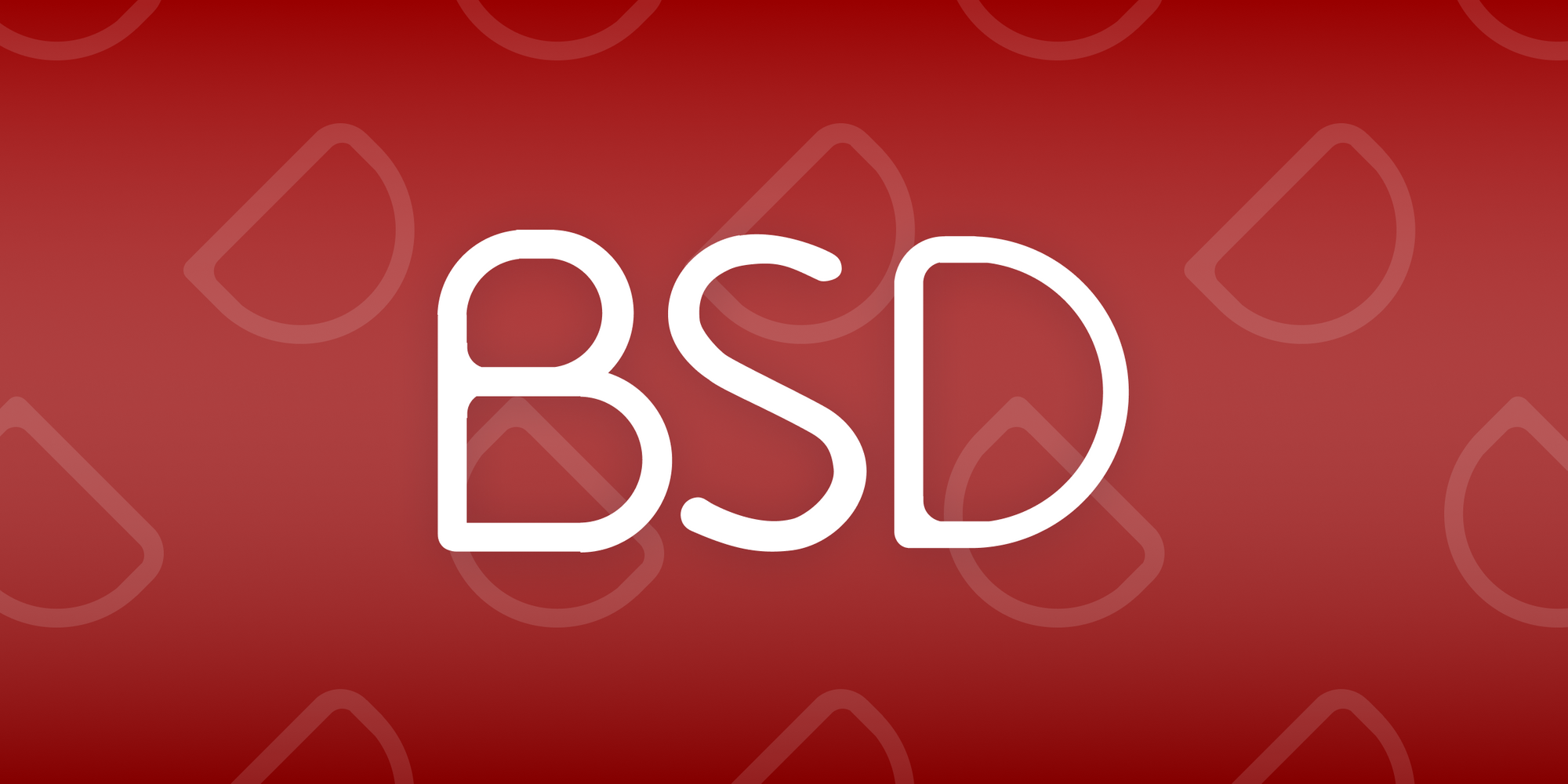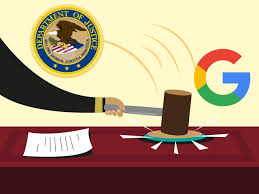Main Question: How can the use of computing raise legal and ethical concerns?
Lesson Objectives (including CB):
By the end of the lesson, students will learn:
- The difference between Intellectual Property (IP) and an IP Address.
- How Creative Commons, Open Source, and Open Access affect digital content use.
- The purpose of software licenses (e.g., MIT, Apache, GPL) and their restrictions.
- The ethical vs. legal concerns of using others’ work in coding and technology.
- The Google v. U.S. DOJ case and its implications for competition and consumer trust.
| Lesson Objective | Description |
|---|---|
| IOC-1.F.1 | Material created on a computer is the intellectual property of the creator or an organization. |
| IOC-1.F.2 | Ease of access and distribution of digitized information raises intellectual property concerns regarding ownership, value, and use. |
| IOC-1.F.3 | Measures should be taken to safeguard intellectual property. |
| IOC-1.F.4 | The use of material created by someone else without permission and presented as one’s own is plagiarism and may have legal consequences. |
Introduction:
- As intellectual property and technology evolve, understanding digital licensing, fair use, and access is crucial for legal and ethical reasons.
- In this Team Teach, we’ll explore these principles and their role in innovation and creativity.
Intellectual Property (IP):
- Intellectual property refers to original works or creations born from the creativity, for which the creator holds legal rights.
- Examples of this are names, symbols, images, drawings, code (if not open-sourced), designs, etc.
- The person who thought of something and made it, owns it
- Ever since things have been digitized, digital information (everything online) can be easily distributed and saved on computers, and our IP can be accessed quicker and easier, raising concerns about whether someone is allowed to use someone else’s creation without their direct consent
- There are legal ways to use materials created by someone else, which include Creative Commons, Open Source, and Open Access
Popcorn Hack #1:
Suppose you buy something that someone made.
- Give an example of when it is your IP, and when it is not your IP.
HINT:
When are you allowed to make copies of and/or resell someone else’s product after you buy it?
Creative Commons License (Fair, Use, Copyright)
Creative commons provides free licenses that can be used to tell people how to use the creation.
- It tells them what can or cannot be done with their IP
- It makes it easier for creators because, instead of everyone requesting the creator for permission to use it, CC grants specific permissions for other’s to use their work
- For instance, if you make a drawing and want lots of people on the internet to access it without each of them individually having to ask you to use your drawing
- Another example of Creative Commons License is when someone has a drawing online and wants users to use it, but does not want it to be used in any advertisements.
Open Source / Open Access
Open source are programs that are made freely available for anyone to use and make modifications to (through their own version of the content)
- Encourages people to collaborate and contribute to your creation
- Open access is online research free of any and all restrictions on access and free of several restrictions on use, such as copyright and license restrictions
- Regardless of how we legally use someone else’s creations, we should always give credit to them as they are the original author
- While open source content is usually used with good intention, the fact that it is free and anyone can make changes to it allows people to use it to harm other individuals or groups
Licenses:
Here are some examples of Licenses:
MIT License – Allows users to do almost anything as long as they include the original license. However, there is no protection against patent claims and it doesn’t require derivative (copied) works to be open-source.
![]()
Apache 2.0 – Similar to MIT but includes an explicit patent grant, preventing lawsuits over patented technology. Also, it includes clear rules for modifications but has longer legal text.

GNU General Public License (GPL) – Any project using GPL-licensed code must also be open-source and licensed under GPL.

BSD License (Berkeley Software Distribution) – Similar to MIT but has two major versions:

- 2-Clause BSD: Requires attribution (giving credit to original author) but allows modifications without restriction.

- 3-Clause BSD: Includes a restriction that you cannot use the original author’s names, trademarks, or project names to endorse or promote your own derivative version of the software without their permission.

Creative Commons (CC) – Mostly used for creative works (not software) and offers different levels of restriction.

Common CC License Types:

- CC BY: Allows modification and commercial use if credit is given.

- CC BY-SA: Like GPL — derivative works must be under the same license.
- CC BY-ND: No derivatives allowed at all.

- CC BY-NC: Non-commercial use only (to be used for privatized works).
![]()
Popcorn hack #2:
As a computer science student, which license suits your repository / site the best and why?
Legal But Not Ethical:
While copying somoene else’s code or other work may be legal in some cases (such as Open Source and Open Access), it is not ethical due to several reasons:
- Using code without permission disrespects the creator’s effort
- Open-source relies on community trust; misuse undermines this system and breaks the overall trust in using the work.
- Using unlicensed or improperly licensed code can give an unfair edge over others who pay for/correctly use lisences.
- Profiting from someone’s work without respecting license terms is ethically wrong, even if technically allowed, as the person often puts in little to no work.
Do:
- Keep the original author’s credit when making a copy of a repository or forking a repository
- Adding README file to give credit to the author
- Follow open-source licenses for modifications
Do NOT:
- Remove the author’s credit and claim the code as yours
- Copy code from GitHub/Stack Overflow without giving due credit
- Sell modified open-source code without permission from the author and/or giving a share of the profits to the author for their originality
Real-World Example: Google v. US Department of Justice

Google controlled approximately 90% of internet searches, and the U.S. Department of Justice (DOJ) filed a lawsuit alleging that Google’s practices, such as paying billions to device manufacturers and browsers to set Google as the default search engine, shut down competitors and harmed consumers.
Legal Concerns:
- Google’s agreements with companies like Apple to be the default search engine on devices violated antitrust laws designed to promote fair competition.
- The court found that Google’s practices limited consumer choices in search engines, raising concerns about a single company’s control over information access.
Ethical Concerns:
- By making itself the default search engine, Google potentially limited users’ exposure to alternative search optionss.
- Google’s dominance allowed extensive data collection, raising ethical questions about user consent and the potential misuse of personal information.
Then google did the unthinkable… they started promoting their sponsors on their search engine…
This was not illegal in any way but it was ethically wrong in many aspects:
Manipulated Information Access
- When Google gives priority to paid advertisements and sponsored content, users most liekly see results from companies that pay Google the most, which may not always provide relevant and unbiased information.
- Example: If a user searches for “best smartphones 2025,” the first few results will likely be paid promotions rather than independent reviews.
Consumer Trust and Deceptive Practices
- Google’s algorithm does not prioritize accuracy or user benefit but now leans toward revenue generation.
- Example: If someone searches for “best healthcare provider near me,” they may be directed to a sponsored clinic rather than one with the highest patient ratings or best medical services.
Impact on Small Businesses & Competition
- Smaller businesses can’t afford to outbid large corporations for advertising. This demonstrates Google’s monopoly, as businesses become dependent on Google Ads to compete.
- Example: A local coffee shop trying to compete with Starbucks may have trouble appearing in search results because Starbucks can pay for priority placement.
Sample MCQ Questions:
2018 MCQ (Beginning of Tri 2):
- A user reads reviews of a popular artist’s new album and then downloads the album from the Web site of a licensed online music seller. Which of the following is LEAST likely to be a consequence of this action?
-
A: Advertisements for the artist’s other albums will be displayed when the user visits a different Web site.
-
B: Album reviews from other people who live nearby will be displayed to the user.
-
C: Similar artists will be recommended to the user based on the user’s download selection.
-
D: The user will be in violation of the Digital Millennium Copyright Act (DMCA).
- The answer is D; because the album was purchased and downloaded through a licensed music store, the user will not be in violation of the DMCA.
- A musician is creating a song using audio samples. Which of the following actions will minimize the risk of a copyright violation when creating sample-based music?
-
A: Using samples found on popular music-streaming sites
-
B: Using samples found on peer-to-peer networks
-
C: Using samples from nondigital sound sources (vinyl records, tapes, etc.)
-
D: Using samples published with a no-rights-reserved Creative Commons license
- The answer is D because Creative Commons licenses can be used by creators of digital music to specify how the samples can be used by others. A no-rights-reserved license allows others to freely make use of the samples.
2020 MCQ (End of Tri 2):
- A student purchases a single-user license of a copyrighted application and wants other students to be able to use it at the same time. Under which of the following conditions is it considered acceptable for the student to share the application?
-
A: When the application is shared only with students at the same school
-
B: When the application is shared on a peer-to-peer network
-
C: When the student gets permission from the copyright owner of the application
-
D: When the student makes a copy of the application for another student to use only once
The answer is C because in order to share the application without violating copyright, the student should receive permission from the copyright owner.
- Which of the following best describes the impact of Creative Commons?
-
A: Creative Commons gives creators of digital content the ability to indicate how their works can be legally used and distributed, enabling broad access to digital information.
-
B: Creative Commons gives Internet users the right to legally use and distribute any previously copyrighted work, enabling broad access to digital information.
-
C: Create Commons provides lossless transmission of messages, enabling reliable distribution of digital information.
-
D: Creative Commons provides private transmission of messages, enabling secure distribution of digital information.
The answer is A; Creative Commons licensing allows copyright owners to specify the ways in which their works can be used or distributed. This allows individuals to access or modify these works without the risk of violating copyright laws.
- Which of the following is NOT an advantage of using open-source software?
-
A: Open-source software is generally free or lower in cost than commercially available software.
-
B: The availability of source code makes it possible to customize open-source software to a user’s individual needs.
-
C: The original developer of open-source software provides free or low-cost support for users installing and running the software.
-
D: Unlike commercial software, which can become obsolete when the company that created it goes out of business, open-source software can be updated without the involvement of the original programmers.
The answer is C; Open-source software has source code that is released under a license that allows users the rights to use and distribute it. However, there is no guarantee that the original developer of open-source software will provide support for its users.
HOMEWORK:
Complete the quiz; once finished,
- Add a license to your repository and explain why you chose that lisence (how it aligns with your goals / accomplishments in the repo).
- Using GitHub Web Interface:
-
Go to your repository on GitHub.
-
Click “Add file” → “Create new file”.
-
Name it LICENSE or LICENSE.txt.
-
Click “Choose a license template” and select one.
-
Commit the file to your repo.
- On the google form, copy and paste the link to your repo and the name of your license file.
- Go to the following Quizlet flashcards and click on the “Match” button:
-
Your goal is to get a under 20 seconds (should be easy), if you get under 10 seconds it is extra credit
-
Take a screenshot of your time (MUST have your quizlet user or some proof it was you in the screenshot)
-
Upload the image of your screenshot and submit the form
